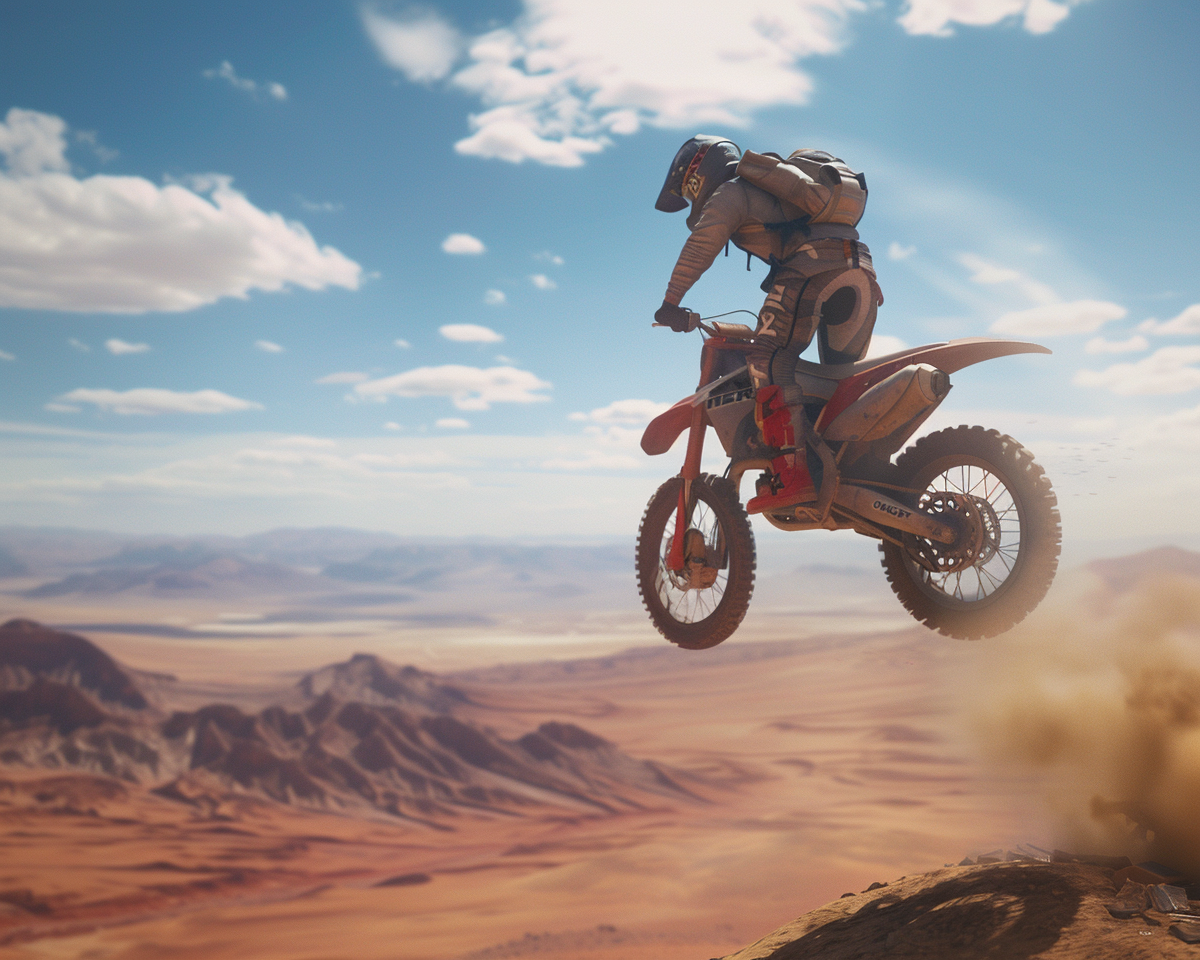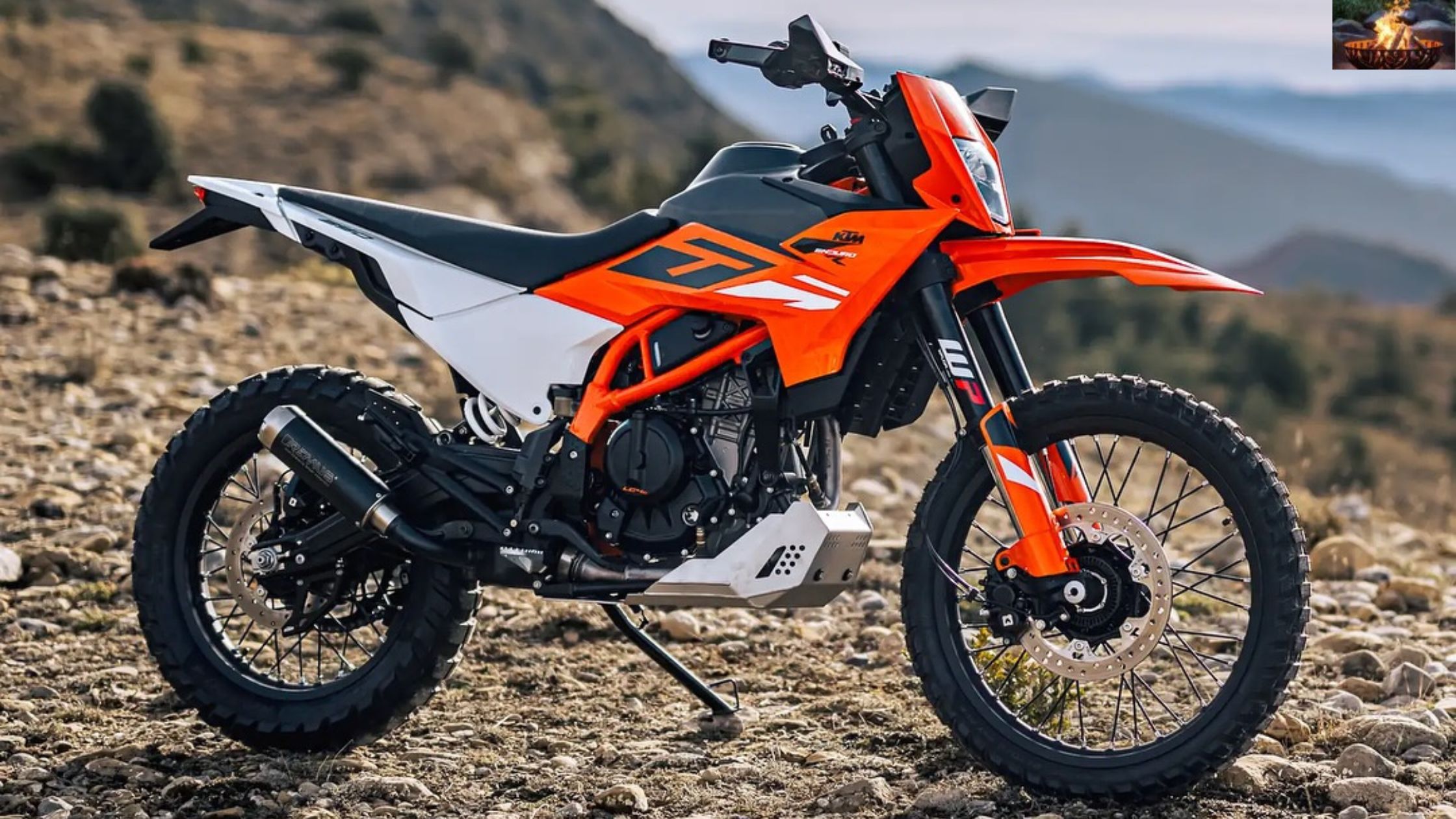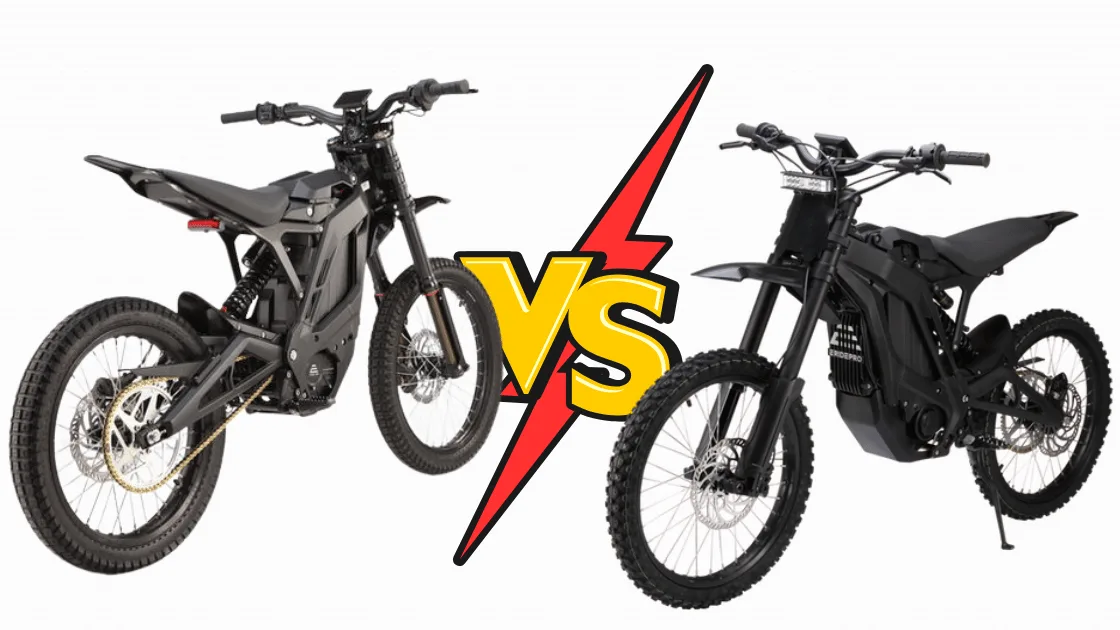
When it comes to high-performance electric bikes, the E Ride Pro SS 2.0 and SS 3.0 stand out as top contenders. Both models offer impressive features, but they cater to slightly different riders and conditions. This article dives deep into their specifications, performance, and user experiences to help you decide which one suits your needs.
The SS 2.0 is known for its robust motor and reliable battery, making it a favorite for daily commutes and casual rides. On the other hand, the SS 3.0 takes things up a notch with enhanced power, advanced features, and improved durability, ideal for more demanding terrains and experienced riders.
We’ll explore critical metrics like speed, range, and charge time, alongside expert and customer reviews. Whether you’re a beginner or a seasoned rider, this comparison will guide you to the perfect choice.
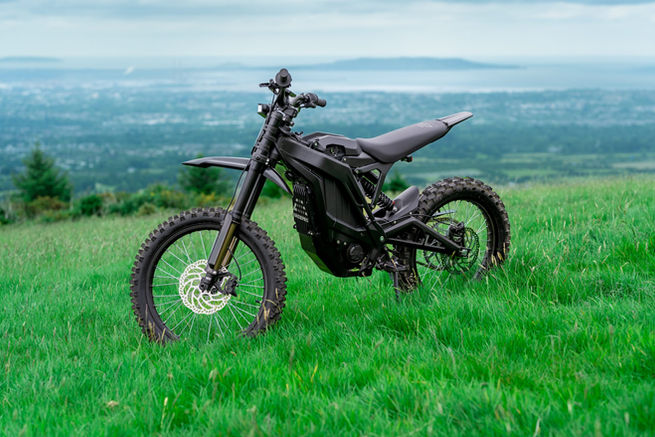
Key Takeaways
- The SS 3.0 offers higher peak power and longer range compared to the SS 2.0.
- Both models feature quick charge times, making them convenient for daily use.
- The SS 3.0 includes advanced features like Bluetooth app connectivity and adjustable rear suspension.
- Customer reviews highlight the SS 3.0’s improved handling and durability.
- Choose the SS 2.0 for affordability and reliability, or the SS 3.0 for enhanced performance and advanced features.
E Ride pro ss 2.0 Vs ss 3.0: Detailed Specification Comparison
When comparing these two high-performance electric bikes, the details matter. From battery capacity to braking systems, each model has been designed with specific rider needs in mind. Let’s dive into the specifications to see how they stack up.
Battery, Motor, and Power Output
The battery capacity is a key factor in determining range and performance. One model features a 72V 40AH battery, while the other boasts a 72V 50AH battery. This difference translates to a longer range and improved efficiency for the latter.
Motor power also sets these bikes apart. The first model offers a peak power of 12KW, while the second delivers an impressive 16KW. This upgrade ensures faster acceleration and a higher top speed, making it ideal for more demanding rides.
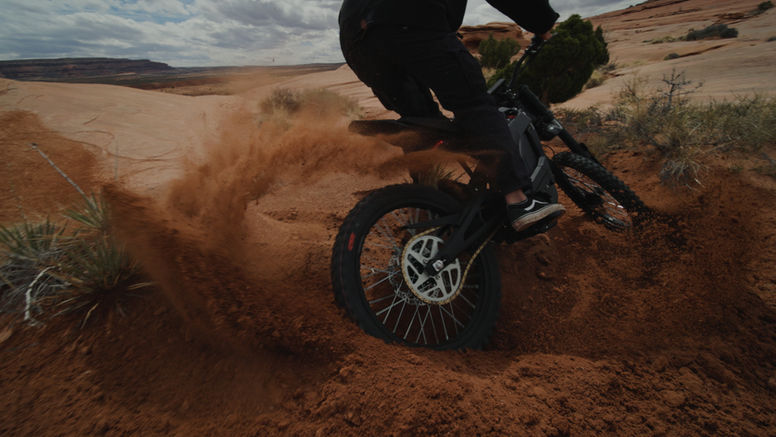
Braking, Suspension, and Tire Upgrades
Both models feature advanced braking systems, but the second takes it further with regenerative braking and upgraded caliper designs. This ensures better control and safety, especially at higher speeds.
The suspension system has also seen significant improvements. The first model uses standard suspension, while the second incorporates high-performance FASTACE components. This upgrade enhances handling and comfort on rough terrains.
Tire size and quality have been optimized for different riding conditions. The second model features larger tires with enhanced tread patterns, making it suitable for both road and off-road adventures.
Additional Technical Enhancements
Several features set the second model apart. These include Bluetooth app connectivity, a reverse gear, and a direct mount stem. These additions improve usability and overall performance.
Acceleration times and top speed figures further highlight the differences. The second model accelerates from 0-30MPH in just 2 seconds, compared to 2.36 seconds for the first. Its top speed of 62MPH also surpasses the first model’s 60MPH.
| Specification | Model 1 | Model 2 |
|---|---|---|
| Battery Capacity | 72V 40AH | 72V 50AH |
| Motor Power | 12KW | 16KW |
| Top Speed | 60MPH | 62MPH |
| Acceleration (0-30MPH) | 2.36 seconds | 2 seconds |
| Suspension | Standard | FASTACE |
| Braking System | Regenerative | Upgraded Calipers |
Pros and Cons: Analyzing Performance and Features
Understanding the pros and cons of each model is essential for making an informed decision. Both bikes offer unique features, but their differences highlight distinct advantages and drawbacks. This section provides a balanced analysis of their performance, design improvements, and user-specific benefits.
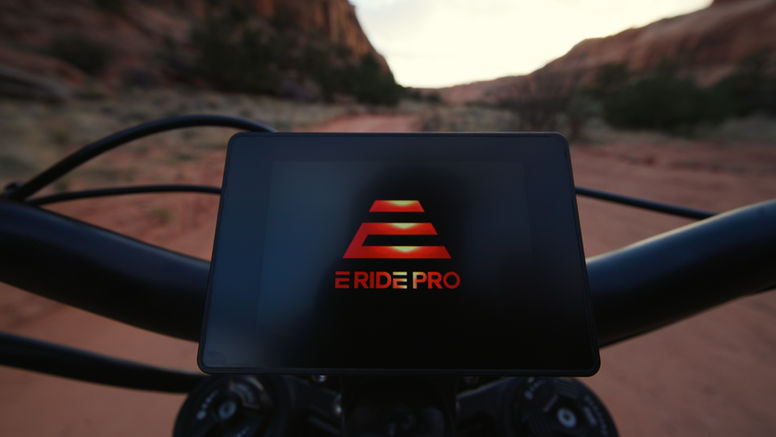
Strengths and Limitations of the First Model
The first model is known for its reliable design and established performance. It’s a great choice for riders seeking a balance of affordability and functionality. Its lightweight frame makes it easy to handle, especially for beginners.
However, it has some limitations. The braking system, while functional, lacks the advanced features found in newer models. The suspension is standard, which may limit its performance on rough terrains. These factors make it better suited for casual rides rather than intense adventure trails.
Advantages and Drawbacks of the Second Model
The second model stands out with its advanced features and enhanced performance. It offers higher peak power and improved battery capacity, making it ideal for longer rides and challenging terrains. The upgraded suspension and braking system provide better control and safety.
On the downside, these improvements come at a higher cost. The added complexity of features like Bluetooth connectivity may also be overwhelming for some users. Despite these drawbacks, it’s a top choice for experienced riders seeking a high-performance adventure bike.
| Feature | First Model | Second Model |
|---|---|---|
| Weight | Lightweight | Moderate |
| Braking System | Standard | Upgraded |
| Suspension | Basic | High-Performance |
| Battery Capacity | Good | Excellent |
| Price | Affordable | Premium |
Both models cater to different needs. The first is perfect for casual riders, while the second excels in performance and advanced features. Consider your riding style and preferences to choose the right fit.
Who Should Buy or Avoid These Electric Dirt Bikes?
Electric dirt bikes are designed for specific riders and terrains. Understanding which model fits your needs can make all the difference in your riding experience. Let’s break down the ideal user profiles, riding conditions, and expert insights to help you decide.
Ideal Riding Conditions and User Profiles
The first model is perfect for casual riders who prioritize affordability and reliability. Its lightweight design and standard suspension make it ideal for city commutes and light trails. However, it may struggle on rugged terrains due to its basic braking system.
The second model, with its advanced motor power and upgraded brake line, is built for experienced riders. It excels on challenging terrains and offers better control and safety. Its higher weight limit and customization options make it a top choice for adventure enthusiasts.
Expert and Customer Reviews Overview
Experts praise the first model for its simplicity and ease of use. One reviewer noted,
“It’s a great entry-level bike for those new to electric dirt bikes.”
However, some users mentioned limitations in handling rough terrains.
The second model receives high marks for its performance and advanced features. A customer shared,
“The upgraded suspension and brake system make it a beast on off-road trails.”
Its higher price point is justified by its durability and customization options.
| Feature | First Model | Second Model |
|---|---|---|
| Weight Limit | 300 lbs | 350 lbs |
| Customization | Basic | Advanced |
| Brake System | Standard | Upgraded |
| Warranty | 1 Year | 2 Years |
Both models come with warranties, but the second model offers extended coverage, reflecting its durability. Regular maintenance and the use of OEM parts are essential for long-term performance.
If you’re a beginner or casual rider, the first model is a solid choice. For those seeking advanced features and off-road capabilities, the second model is worth the investment. Consider your riding style and terrain to make the right decision.
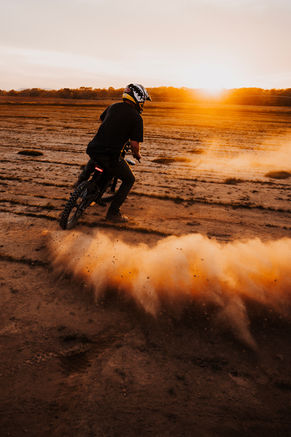
Conclusion
Choosing the right electric bike depends on your riding needs and terrain preferences. The first model is ideal for casual riders, offering a lightweight design and reliable performance for city commutes. Its standard suspension and basic braking system make it less suitable for rugged trails but perfect for everyday use.
The second model excels in high-performance settings, with advanced features like a powerful controller and upgraded suspension. It’s built for challenging terrains and longer rides, making it a top choice for experienced riders. Its extended warranty and customization options add value for those seeking durability and versatility.
Consider factors like range, speed, and ease of assembly when making your decision. Whether you prioritize affordability or advanced features, both models cater to distinct needs. Take the next step and explore these bikes further to find the perfect match for your riding style.
Also Read
